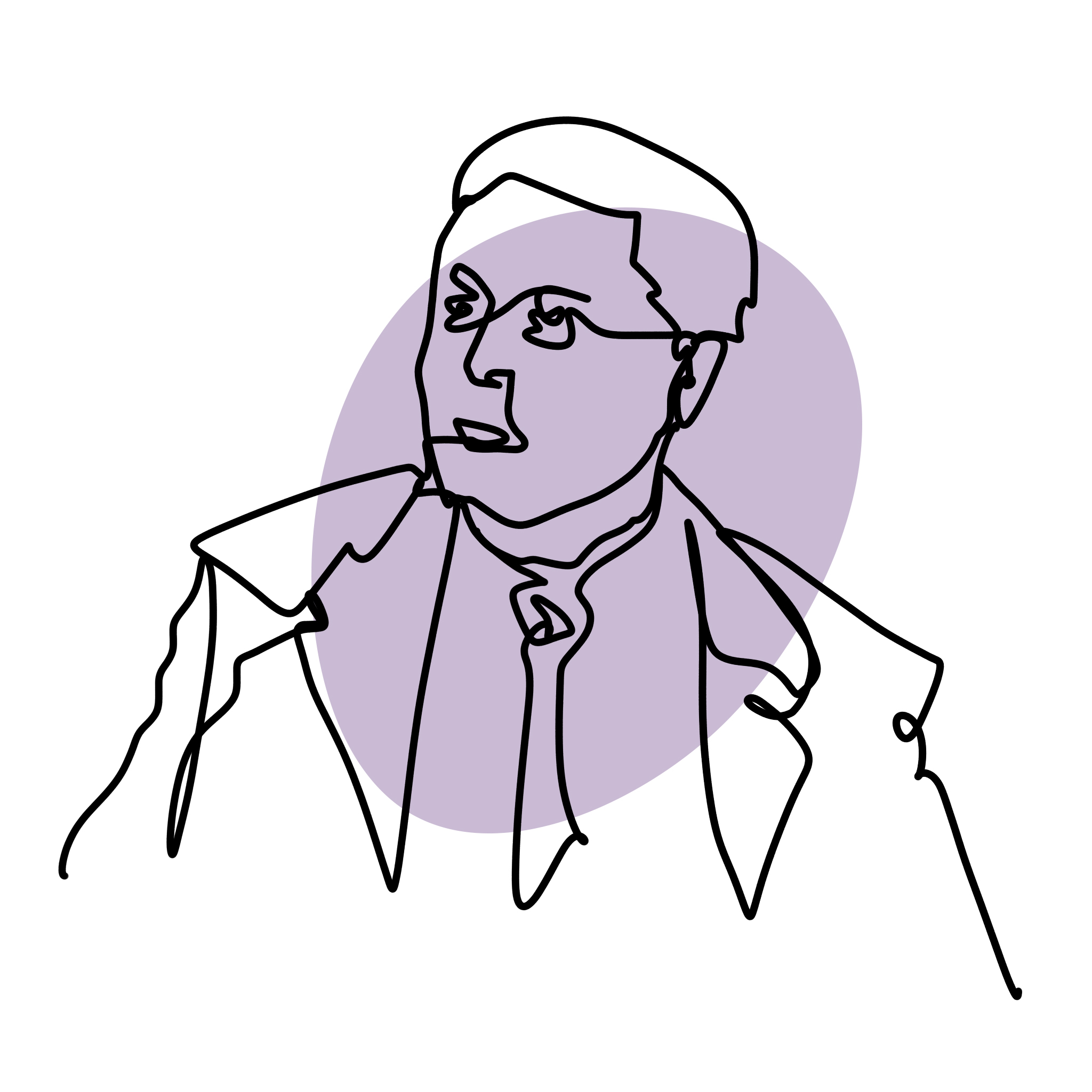Visiting design fairs booths, leafing through interior design magazine or simply scrolling through the myriad of design images on our phones, it strikes that the taste of the home introduces more and more material qualities in its rooms. From furnishings to surface coverings, with wallpapers featuring tactile reliefs and becoming real paintings and trompe l'oeil, up to to 3D tiles. And since contemporary design always finds its evolution explanations in its deepest roots, many suggestions that guide the leading designers of our time emerge from the world of vintage furniture.
Let's start with wood: from the finest types to its latest generation derivative, MDF, (resulting from the processing of medium-density wood fibers, this material is experiencing a revival of the grooved processing, usually proposed on the sliding doors of side tables, bedside tables and sideboards. Among the 20th century pioneers of grooving were, among others, masters Paolo Buffa, Osvaldo Borsani, Vittorio Dassi, Campo and Graffi. On furniture, sideboards and bookcases, precious and grooved woods were applied through veneer, a technique based on very thin and precious wood sheets (walnut, mahogany, rosewood, cherry, oak), applied on the surfaces of "less noble" wood, for decorative purposes.
Why do welike grooved surfaces lately? They give the idea of an orderly and geometric sign while maintaining movement, especially if the groove is used only in certain parts of the furniture, defining a detail. The grooving draws a contrast in the flat gait of the material, becoming a "body" in itself, and reviving with sober elegance even the most minimal style of the surrounding environment. Finnish master Alvar Aalto achieved a grooved effect in his 100 roll-up screen (in the picture), made of thin, vertically aligned strips of pine wood.
Metal, iron on top, enters decisively into our environments: on furniture feet, as supports for sideboards, but as furnishings such as stools, various types of seats and supports: iron particularly interests enthusiasts and interior designers in its rough processing techniques, when it creates that cast iron effect typical of vintage outdoor furniture, or of highly sought-after bathtubs with feet in animal shape, up to industrial lamps.
The desired effect is unrefined, though the trick is to combine iron with upholstered furniture and fabrics that evoke softness, seeking a balance for the overall view of the room. Ico Parisi stood out among the first designers of the 20th century to use metal as a structural and decorative element of furniture, introducing brass awls at the ends of seats and consoles: modern elements for the time that have proved to be durable and timeless.
Finally, upholstery. Velvets, suede and wool will contaminate living rooms, bedrooms, closets, dining rooms and even the kitchen with their softness... but beware: the contemporary effect wants them to cover rounded geometric shapes and precise workmanship. Therefore, on top of the list are overlapping cylinders that outline seats and backrests, "chubby" and amusing poufs and armchairs which look like stacked donuts, wedges reminiscent of shells, and capitonné workings of the padded backs of chairs, sofas and headboards. These volumes and curves are enveloping, pleasing to the eye, and emanate a feeling of comfort and practicality, while remaining regular in their geometric pattern. Almost reassuring, they stylise in a contemporary and deliberately "finished" manner all those plastic forms that identified Art Nouveau and Art Déco.






.png)





